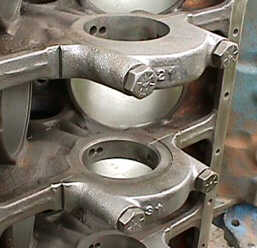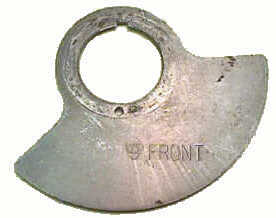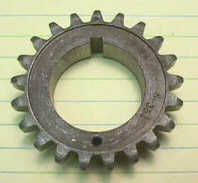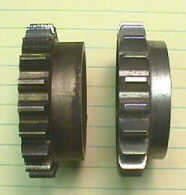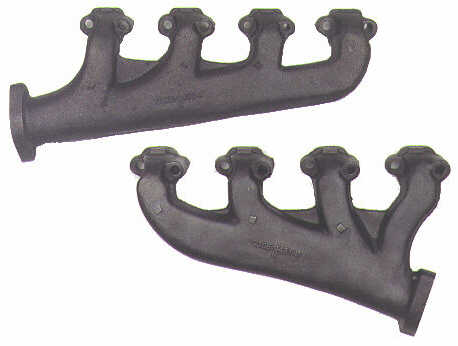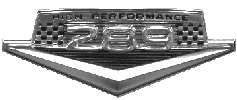
|
289 High Performance
271 bhp @ 6000 rpm |
| In 1963 Ford released the 289 High Performance which produced 271 BHP @ 6000 RPM. Somewhat stronger connecting rods with 3/8" bolts, thicker main bearing caps, solid lifter cam, screw-in rocker arm studs, machined valve spring seats, forged steel exhaust valves, a dual point mechanical advance distributor, and better flowing exhaust manifolds round out the package. Those fitted to Shebly GT 350 cars rated at 306 HP also featured a high rise aluminum intake manifold and Tri-Y headers. | |
